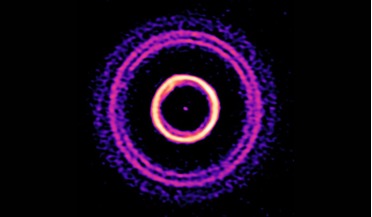 17 June 2019
Filling in the gaps of Jupiter-like planet formation
17 June 2019
Filling in the gaps of Jupiter-like planet formation
... twice as much mass as all the other planets combined, many scientists believe that our resident behemoth gas giant Jupiter did not form where it currently orbits today. Instead it rampaged through the Solar System eating...
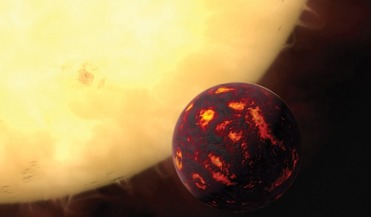 March 2017
Twinkle - a mission to unravel the story of planets in our galaxy
March 2017
Twinkle - a mission to unravel the story of planets in our galaxy
... planetary companion. That means that there are hundreds of billions of planets in the Milky Way alone. To the gas giants, rocky terrestrial planets and ice-worlds that we find in our own solar system, we have added a broad...
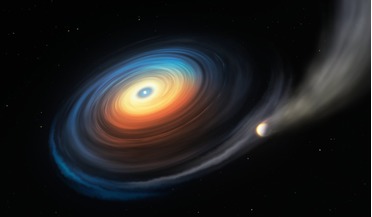 04 December 2019
Giant planet found orbiting a white dwarf for the first time
04 December 2019
Giant planet found orbiting a white dwarf for the first time
...atmosphere stripped away. There is no guarantee that the outer gas giants won’t be affected either. This is because stars like ... those found in the deep atmospheric layers of icy, giant planets like Neptune and Uranus Follow-up observations using the ...
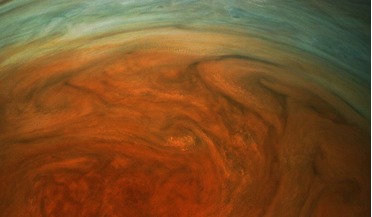 03 September 2018
Water discovered in Jupiter's Great Red Spot suggests plenty more down below
03 September 2018
Water discovered in Jupiter's Great Red Spot suggests plenty more down below
...more oxygen than the sun, and combined with the gas giants abundant hydrogen content that permeates the atmosphere, then water...speaking Jupiter is the closest relative to the Sun, and the gas giant is thought to be the first planet to have formed by ...
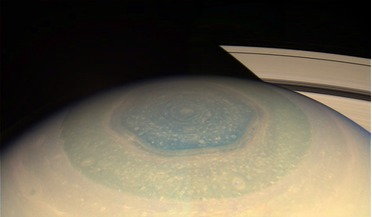 17 September 2018
Newly discovered vortex on Saturn could be part of a huge towering structure
17 September 2018
Newly discovered vortex on Saturn could be part of a huge towering structure
... poles behave very differently and that there is much more to learn about the dynamics at play in the gas giant’s atmosphere. “Saturn’s northern hexagon is an iconic feature on one of the most charismatic members of the Solar System, so to discover...
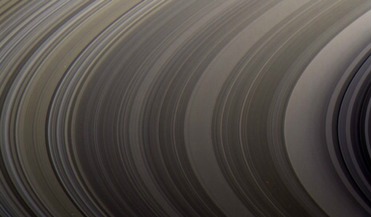 19 December 2018
Saturn's iconic rings are dying fast say scientists
19 December 2018
Saturn's iconic rings are dying fast say scientists
...the planet along magnetic field lines, to be devoured by the gas giant at the maximum rate possible. "We estimate that this 'ring... the planet were spotted by Voyager 2 as it studied the gas giant in 1981. The bands were something of a conundrum, then ...